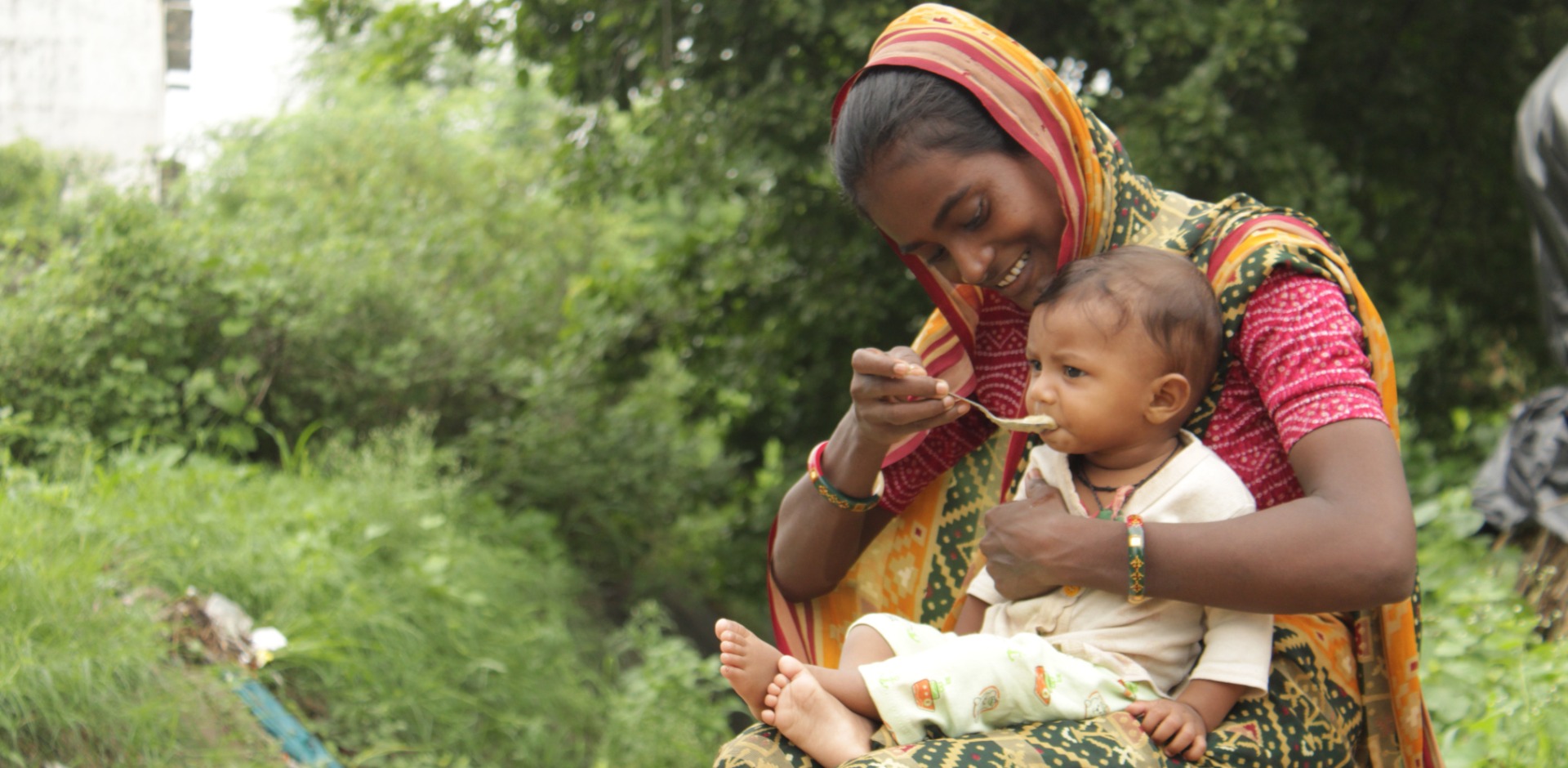
This Holiday Season, Give the Gift of Hope
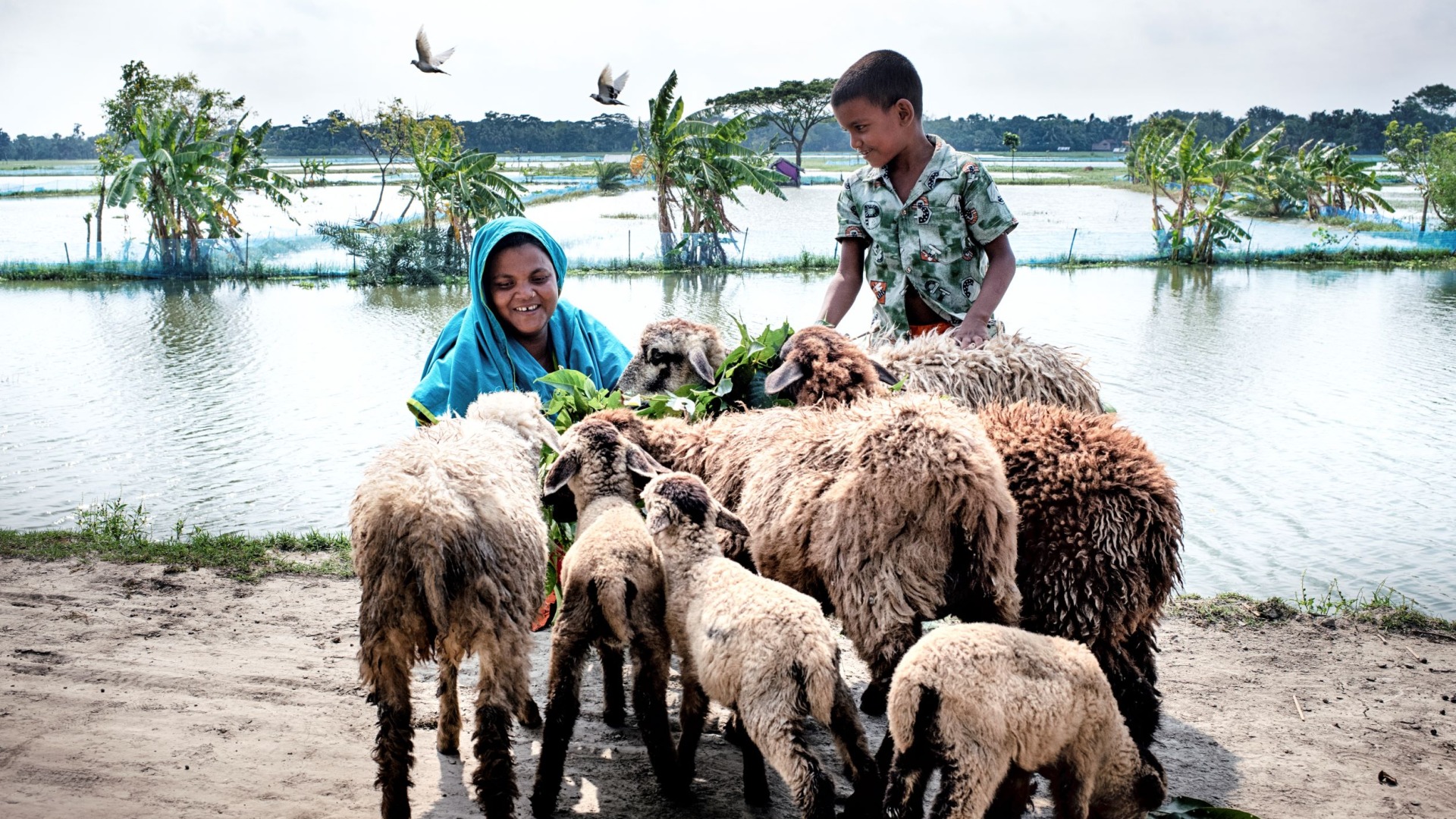
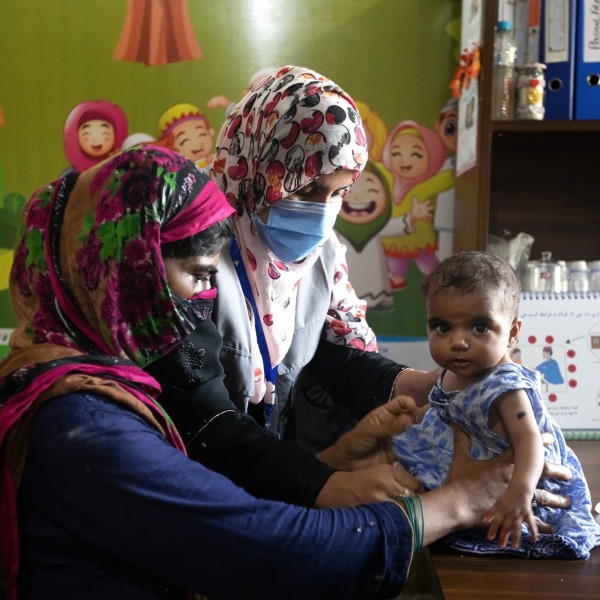
Millions of people in Asia live in extreme poverty, highly vulnerable to natural disasters and without access to enough healthy food.
Donate Now

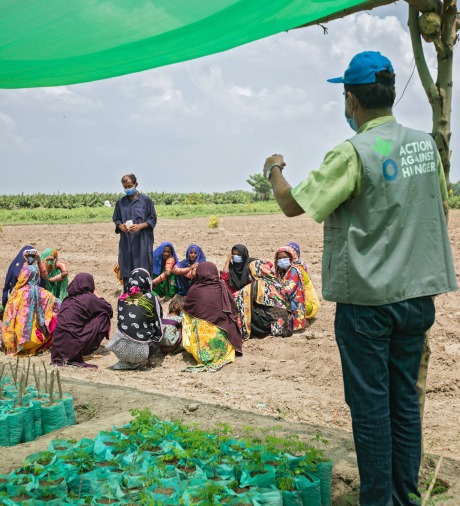
More than half of the world’s hungry people live in Asia. Many countries have high levels of inequality and malnutrition, and the region experiences frequent conflicts and natural disasters.

People Face Hunger in Asia

Of the World's Hungry People Live in Asia
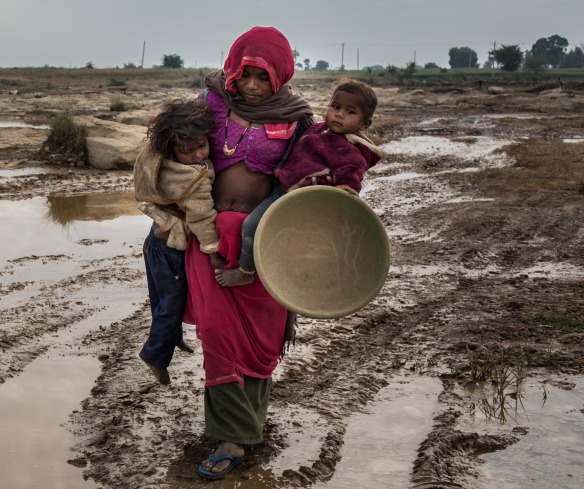
People in South Asia Lack Access to Clean Water

More than half of the Afghan population faces a food crisis due to conflict, natural disasters, and poverty.
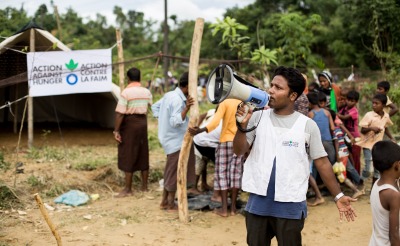
Densely population and flood-prone, frequent natural disasters drive poverty and hunger in Bangladesh.
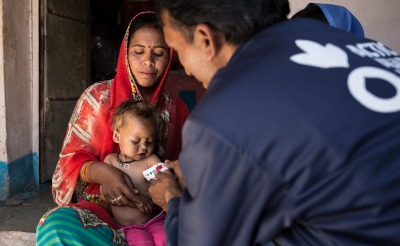
In India, we work to improve child nutrition in the crucial "1,000 Days" window of opportunity.

The complex humanitarian crisis in Myanmar is caused by political instability, disasters, and displacement.
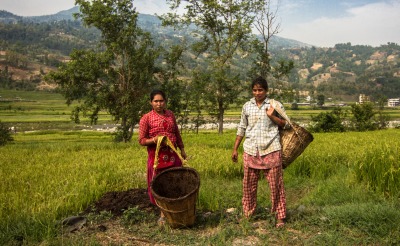
To survive, most families in Nepal depend on farming, despite the challenges of climate change.
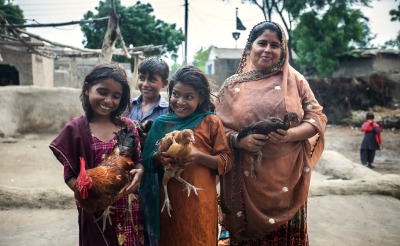
Action Against Hunger helps to improve Pakistan's health system and nutrition treatment services.

Climate shocks, economic inequality, and conflict drive hunger in the Philippines.
Nadia, a mother of five in Afghanistan, gave birth to her youngest at home two months ago. The nearest health center is hours away and it often runs out of crucial supplies and medicines. Conflict and drought further complicate matters – access to nutritious food is a struggle.
“Both me and my child were very weak,” Nadia says. “We do not have enough food – just a bit of rice, wheat, and flour, nothing else.”
Action Against Hunger’s mobile health and nutrition teams help to bridge the health gap in her area, and she turned to them for help. We screened Nadia and quickly diagnosed her with malnutrition. She was given therapeutic food and nutritious “super cereals” to help her improve her health and gain weight.
“In the future, I hope my children grow up, study, and help people,” says Nadia. “I don’t want them to be like us.”
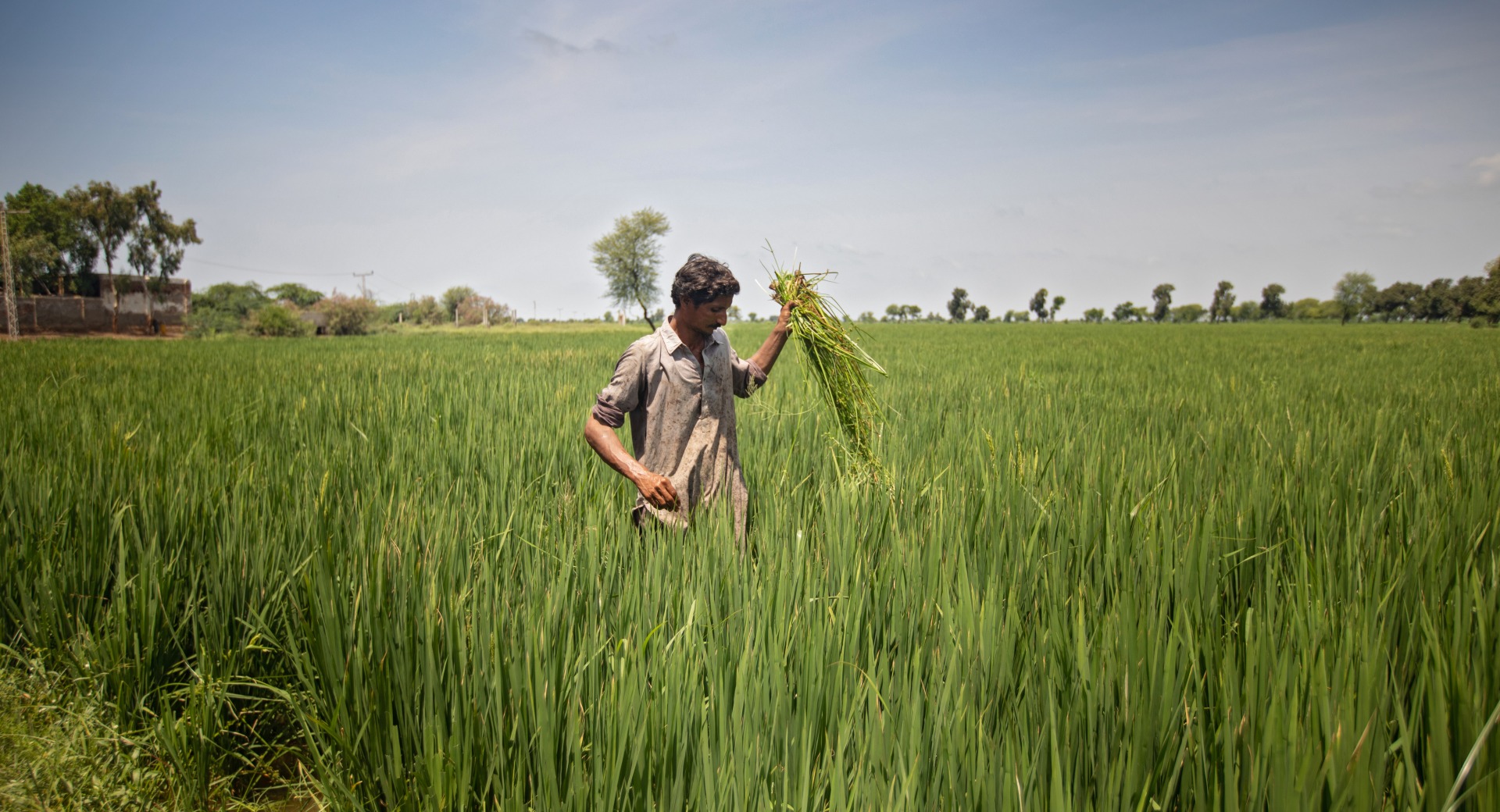


In Pakistan, we help farmers deal with climate change - teaching them how to grow more nutritious crops, heal damaged soil, and use local materials to plant their gardens.
We feel proud. We want to continue working for our children for a better tomorrow.”
— Shipli, who is adapting to climate change with our help
Afghanistan: Voices of MothersIn India, Action Against Hunger health workers provide nutrition treatment and counselling in health centers, communities, and during home visits.
Action Against Hunger provides lifesaving treatment to children suffering from malnutrition. We partner with local governments, parents, and communities to bring treatment closer to children and others in need. Our teams also educate people and encourage behavior change to help prevent hunger from occurring in the first place.
Our food security and livelihoods programs empower vulnerable communities to improve their access to food, income, and markets. We help small-scale farmers to incorporate climate-smart agriculture techniques, increase production, raise livestock, and grow more nutritious crops.
In conflicts and natural disasters, we improve access to clean water, safe sanitation, and good hygiene and provide cash transfers to help families buy what they need.
Our proven solutions save the lives of malnourished children and their families.